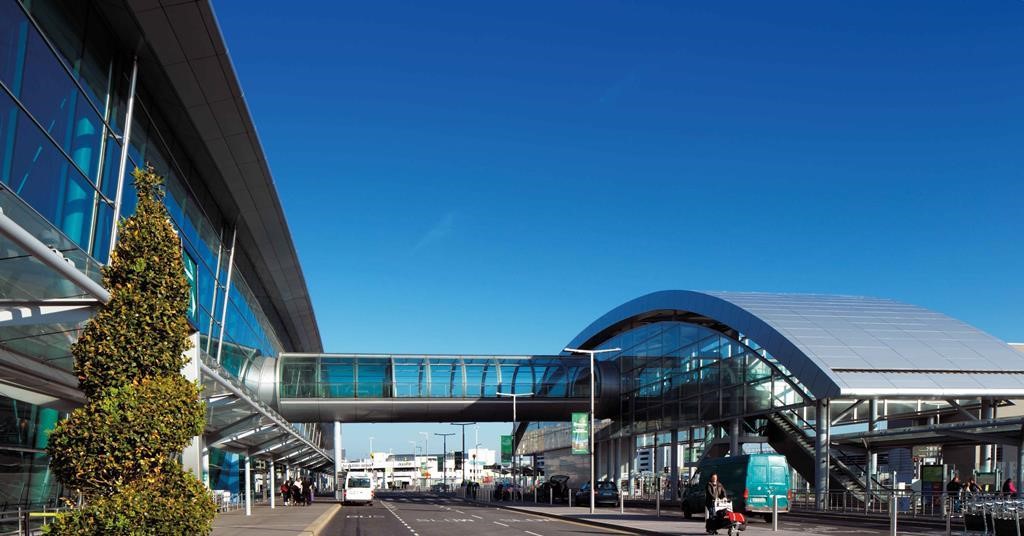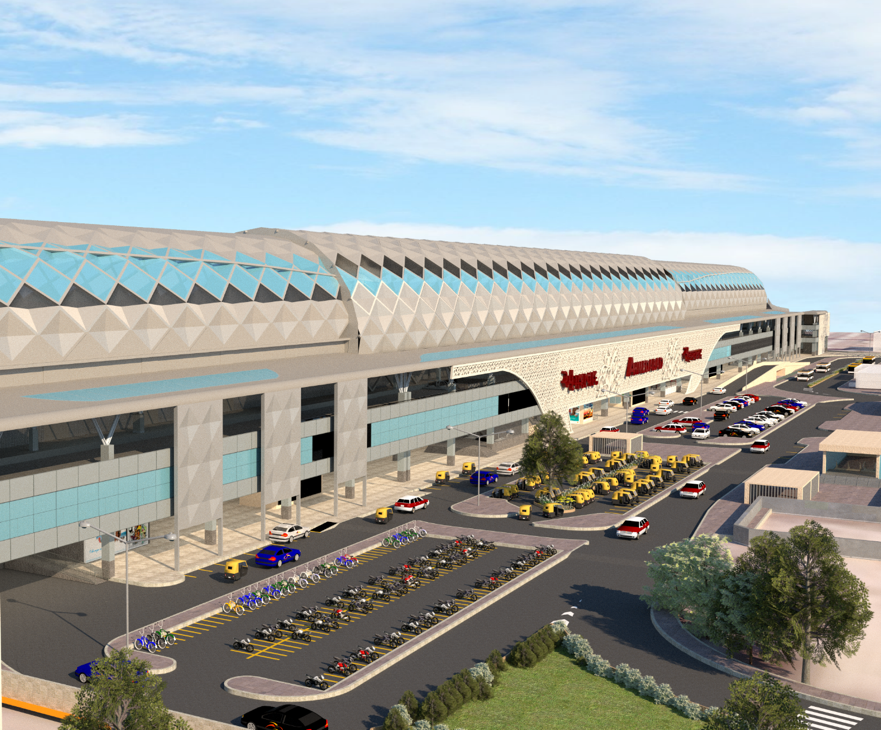India as a nation has a very extensive transport network that comprises of various means and modes for people to reach their desired destination. From flights and trains to busses, private cars, metros and cabs, the average Indian has found a hop, skip and jump method across modes to get to places. As we work towards introducing High Speed Rail in the Nation, we must realise that it isn’t just a technological marvel, but a carrier of the onus of shaping the future of how the Nation travels.
Intended to not only making transit faster, the idea is to make it easier and smarter. As we build the first ever high-speed rail corridor between Mumbai and Ahmedabad, we also lay the cornerstone of infrastructural prowess unlike any other. Our HSR stations stand synonymous with the idea of enabling multimodality, state of the art passenger facilities and commercial activities all while keeping sustainability and local context in mind. HSR and its stations are being built in adherence to what makes things convenient and promising for its stakeholders, even if it requires us to push further than what would’ve been easier. The complete set of functional, geographical, ecological, design & aesthetic, and engineering-based choices that have been made speak volumes of the potential and the commitment of HSR and its stations.

HSR stations aren’t just buildings serving a singular purpose. They are a destination in themselves that catalyses development in the area of real estate, building and retaining tourist and commercial attractions, and linking every city on the route at a regional level. With such a wide gamut of offerings, it is but justified to incorporate a modern infrastructure that puts forth safety, comfort, accessibility flexibility, maintainability, sustainability and expandability. The HSR station is thus envisioned to become an active participant in the economic, financial, cultural & social advancement of the areas they are going to be situated in.
While the entirety of the project is based on introducing a technology that the Nation needs, a blunt delivery of the associated structures and amenities without taking into account the regional and cultural context would not do. Understanding that the stations are a gateway to the city, its façade must hence be designed keeping in mind the special characteristic of the city. The basic elements of the city: such as its people, language, art, architecture, prime attraction points and cultural heritage, are reflected in the façade of station.
Let us take the example of how Surat’s HSR station has been planned. The city stands synonymous with its diamond industry, thus the concept for the design of facade and elevation are proposed in steel and glass depicting the gloss and facet of a diamond. The internal spaces have further been planned to allow for ample natural light in the passenger areas while also providing with the possibilities of external sky views.
For Sabarmati, with its historical relevance and association with Mahatma Gandhi, the HSR station facade design is inspired from Mahatma Gandhi’s charkha. The spokes designed in white on the façade are intended to look like Bapu’s Charkha while also symbolising peace.
Similarly, the station Façade design of Vadodara HSR station design is inspired from the profile and foliage of a 'Banyan Tree', owing to the copious amount of Banyan (Vad) trees found in the city.
Universal Accessibility for convenient and safe travel experience is one of the key concerns as per which HSR stations have been designed. Making HSR stations accessible for Divyang passengers isn’t just about having a few wheelchair ramps or an elevator.
The station space has been planned in way that is simple, intuitive and allows everyone to navigate seamlessly, regardless of their age, size or ability. Enabling movement with components such as tactile flooring, braille signage, audio-based signage, announcement system, safety frame and handrails, and of course, ramps at all entry-changing points and lifts, HSR stations cater to the safety and positive experience of every passenger.
It is after having carried out extensive studies on the region and the various ecological sensitivities that need to be taken care of, that our HSR stations are planned. To ensure judicious use of natural resources, such as water, it is imperative to have systems that work towards conservation. Rainwater Harvesting systems are thus an essential component in all HSR stations. By incorporating a network comprising of rain water collecting drain and harvesting pits, all our HSR stations will meet a part of the total water requirement. Such ecological sensibility is extended to HSR depots as well. The effort to safeguard ecology, in case of HSR depots, manifests itself in the way sewage and effluent generated shall be treated and recycled in modern sewage treatment and effluent treatment plants. Complete with a mechanized garbage handling facility for segregation and compaction, 70% of the overall depot’s water requirement will be met. To make these buildings more ecologically sustainable, water rejuvenation pits and conservation pits will be a vital part of the design.
High speed rail as a technology revolutionises the transport industry, its stations standing in adherence to that characteristic bring forth smart design and planning that reduces the overall need of air conditioning and artificial lighting by making active provisions for ventilation and natural lighting. Further, the buildings are made sustainable through passive measures such as promoting the use of energy efficient lighting fixtures, low-flow water fixtures, use of local materials and the like. By investing in renewable energy production by providing roof top solar panels in depots and some of the station buildings we seek to reduce the energy dependence of the buildings.
The futuristic nature of the project warrants the creation of a sustainable future to run in.
Planned to integrate the surrounding public spaces that will enable access to cafes, restaurants, retail shops, coffee shops other commercial places both outside and within the HSR stations. HSR stations are promising destinations for bolstering commercial and retail activities while also providing facilities like modern, comfortable and aesthetically pleasing waiting lounges available for passengers equipped with TV lounge, Wi-Fi etc.
Multilevel mechanized parking area is another interesting feature that the passengers will be able to avail when they’d come to pick/ drop a loved one or have plans to undergo same day journey between any of the places falling on the MAHSR corridor. These lounge & parking facilities will be available on pay & use basis. The Station Area Development (SAD) plans further focus on developing large scale commercial spaces around station building to develop HSR stations as major focal points in the city development.
Envisaged as a versatile destination that embodies the innovation and indigenisation that HSR promises, the stations are structures that pave a path of economic, ecological, cultural and technological wellbeing that is imitable for the generations to come and highly conducive to the regions they are situated in .



